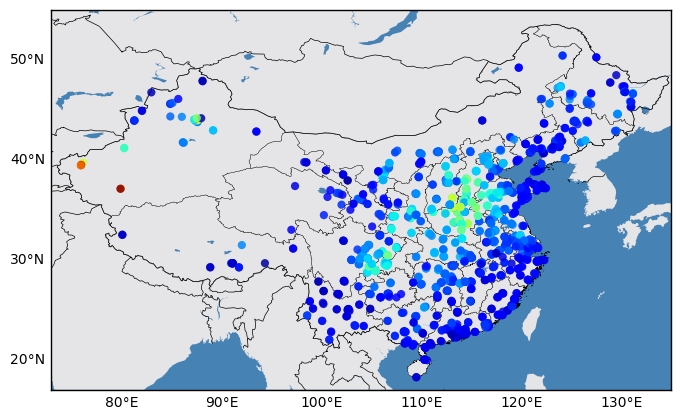With several point imported from .csv file containing the information of longitude, latitude and VALUE.
To represent the 2-d distribution of value, I want to interpolate the sparse point into 2-d contour figure.
Here is the distribution of the points, the background is China which I want to use as the mask shapefile.
Using QGIS Kriging or nearest algorithm dealing with the point data
They all come with same error: The data source is invalid.
How to fix it. I uploaded my csv data and shapefile here:



